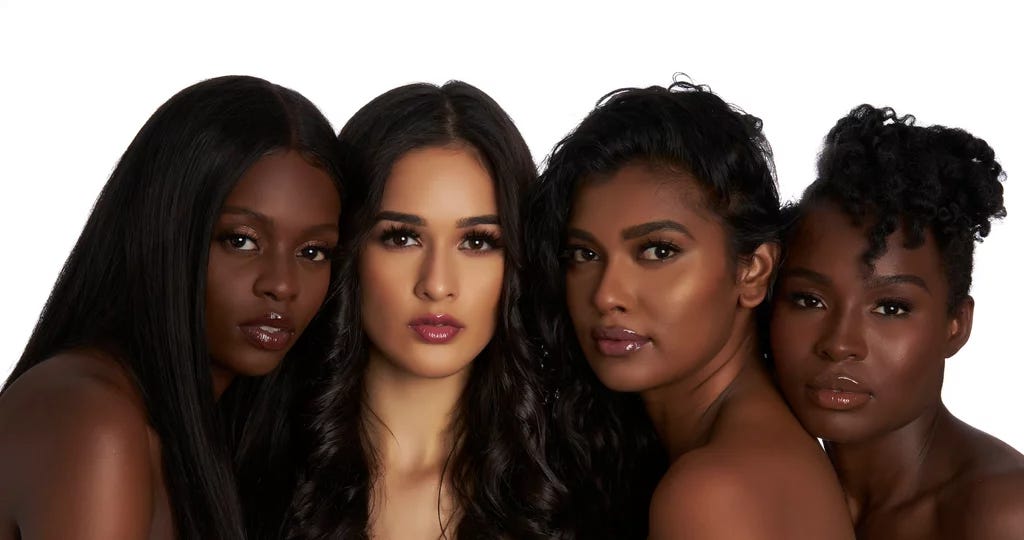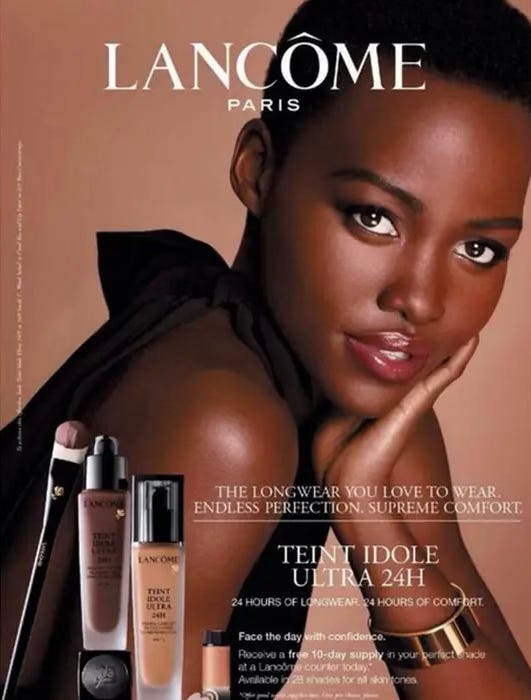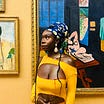Hello Fashion Talk readers, and Happy Friday! In honor of International Women’s Day, we bring to you an important topic today: the persistent challenges of equity and equality within the beauty and cosmetics industry.
Trapetas returns with a compelling piece that blends personal anecdotes with statistical evidence, shedding light on the struggles faced by dark-skinned women when navigating the beauty product aisle.
Why is this discussion important? Because every woman deserves to feel beautiful, empowered, and included in these spaces.
Fashion Talk is dedicated to amplifying these issues and sparking meaningful conversations within our community. “Fashion Touches Everything,” and with each edition, we aim to make that sentiment resonate more deeply.
Editor’s Note: Trapetas is a participant in Fashion Talk's student writing program. Aligned with our mission to uplift young voices in the fashion industry, I had the pleasure of working closely with Trapetas to craft this article. I’m excited to share her fresh and insightful perspective with our community.
Happy reading,
Amarissa
Editor-in-Chief, Fashion Talk
It’s no surprise that Prada has joined the ranks of luxury fashion houses launching cosmetic lines. With the evolving fashion landscape, the more exorbitant luxury houses are “strategically targeting aspirational shoppers” as fragrances and beauty lines offer an accessible entry point into these exclusive worlds.
Prada Beauty launched this February at Sephora stores across the United States. It was not until March 1st that my local Sephora, which I frequent weekly, finally set up the beauty stand. I screamed like a little girl in a candy store as I was failing to hold back my excitement to try Prada's new venture.
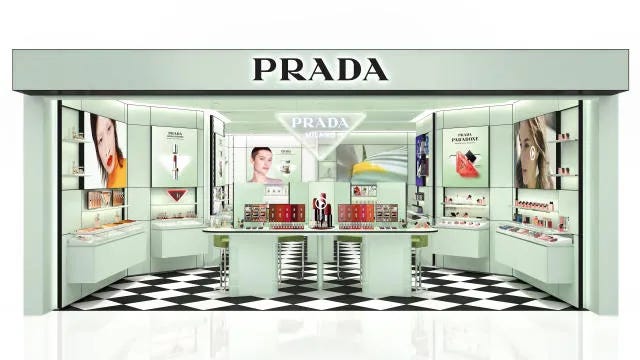
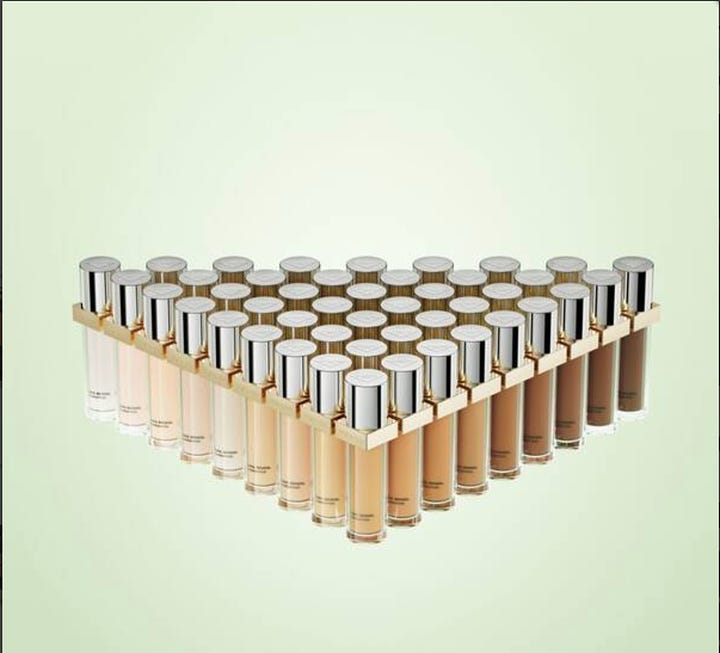
My joy-full excitement was dampened by the realization that I was the darkest shade available in Prada Beauty’s foundation collection. I am dark, but I am not the darkest of us all. This experience with Prada Beauty’s launch reflects broader issues of diversity within the beauty industry. It took me on a trip down memory lane.
I am a dark skinned Black woman. More specifically, I am a first-generation West African Black woman who loves makeup. My introduction into the world of cosmetics is not the modern day story we often see today. I did not grow up in an era of pre-teens clamoring for the latest skincare and beauty products at Sephora begging their moms to buy them the latest skincare like Drunk Elephant, the Glossier foundation that gives off the “no makeup makeup look,” or obsessing over makeup trends on TikTok.
I grew up in an era before the mega-influencers and before the celebrity skincare and beauty lines. When the beauty industry looks quite different. To simplify it all, I grew up in an era before inclusivity was in.
I bought my first foundation from Lancôme moments before my senior prom, guided by the friendly smile of their beauty ambassador— Lupita Nyong’o. Seeing her as the face of the brand was a pivotal moment for me; it was the first time I saw myself as beautiful and acknowledged in the world of beauty. I went through middle school and high school as a rebellious feminist seeking to deny the cosmetic world for its poor lack of diversity.
During my college years, I experienced a full-circle moment — Rihanna launched Fenty Beauty, featuring the most inclusive shade range of any luxury makeup brand at that time. The groundbreaking move led to the ‘Fenty Effect;’ almost every major makeup brand followed suit, presenting more shades of foundation. This revolution in the cosmetic industry prompted a surge in the emergence of Black-owned beauty brands.
Anyone reading this would think yes, the beauty industry has made some vast progress, and all is now well. However, from one makeup lover to another, I must emphasize that this is far from the truth. The beauty industry has barely begun to address the underlying issues of equity and equality.
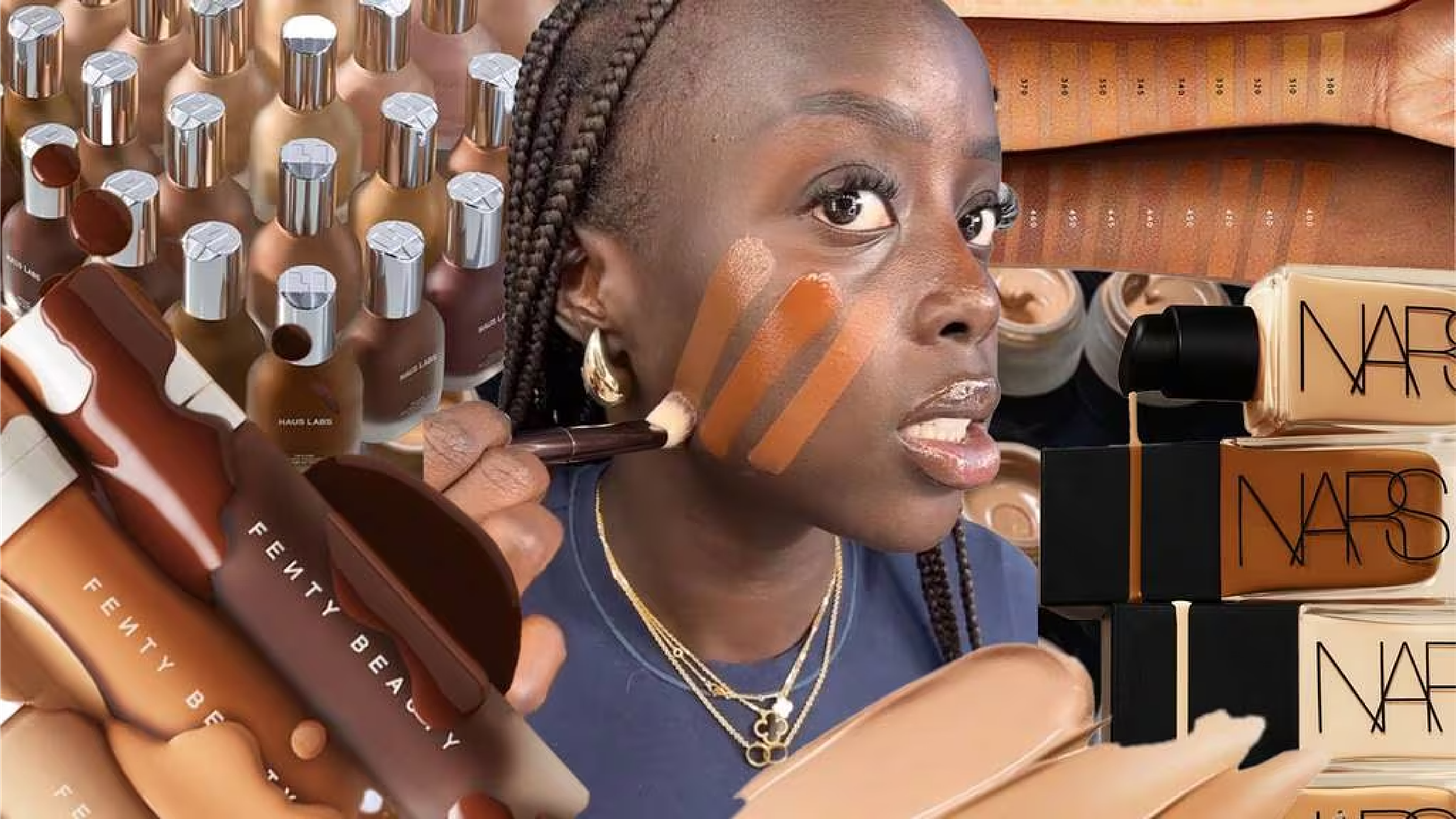
A University of Missouri study revealed that despite the ‘Fenty Effect,’ there is still a significant disparity in shade range. Using statistical analysis methods such as the Kolmogorov-Smirnov test and Chi-Square goodness-of-fit test, researchers evaluated 49 cosmetic brands and found that foundation shade ranges are not evenly distributed, meaning there is a higher number of shades offered for "light to medium skin tones."
Additionally, a McKinsey Institute study exposed that only 4% to 7% of beauty products available at many major retail giants are Black-owned or Black-founded. Even though I am no longer in grade school or even in undergrad, my hair, skin, and make-up still suffer from exclusionary practices within marketing and product lines.
Makeup for Melanin Girls conducted a comprehensive study involving over 5,500 women on their inclusive platforms, finding that over 80% of participants still struggle to find their foundation shade. This is a HUGE problem.
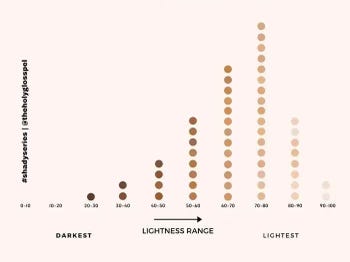
The solution seems simple. I should go where I am welcomed. Why not just purchase from Black-owned or founded brands like Fenty Beauty, Juvia’s Place, Pat McGrath Lab, BLK/ OPL, The Crayon Case, Fashion Fair, and Black and Radiant, etc.? Why don’t I just frequent Black-owned retailers like Beauty 2 Go, Feloh, or beauty supply stores in the hood? And there are already initiatives like the Fifteen Percent Pledge and the See Me Index, right? Aren’t these enough to combat the institutional privileges afforded to lighter skinned, often white consumers and brands?
Again, the answer is no. These are historic strides in the right direction, but it places the burden solely on Black women, as if the lack of inclusivity, diversity, and equity only affects us and not the entire industry.
When high-end luxury brands fail to offer comprehensive foundation shade ranges, pigmented blush palettes, or contour kits that cater to the needs of melanated consumers, it results in erasure. This issue is not unique to the beauty industry; Black-owned businesses across various sectors face systemic challenges, including bias in the financial system, leading to lower credit scores, reduced investment opportunities, and general disparities in financial capital.
Representation on beauty boards has seen an increase over the years, with figures rising from 9% in 2021 to 16% in 2023, according to The MBS Group. Similarly, at the executive committee level, representation has grown from 7% to 15.2%. However, despite these advancements, racial minorities remain underrepresented as decision-makers within the beauty industry.
While there has been progress in the number of Black-owned beauty brands, these businesses remain in the minority. According to McKinsey & Company's 2022 study, out of the 60 billion dollars in annual revenue generated by the United States beauty industry, brands owned or founded by Black individuals accounted for a mere 2.5% of profits.
These odds left me glaring at the Prada Beauty line, evoking the same feelings of erasure I experienced during adolescence. I know I am not alone in feeling this way; reportedly Black consumers are 3x more likely to be dissatisfied with their beauty options.
So, what can be done about this problem you ask? It will take more than token gestures from high-end brands. As an informed consumer, I understand that true change requires more than just celebrity endorsements from stars like Lupita or superficial initiatives. We need genuine systematic change to promote Black visibility, Black consumer empowerment, and representation in the beauty industry.
How can we collectively work towards a future where every shade, every texture, and every identity feel truly celebrated and embraced?
Final oversight & edits by Amarissa Imoukhuede, Founder & Editor in Chief of Fashion Talk.
Get to know Trapetas here.
For updates, follow Fashion Talk on Instagram.






